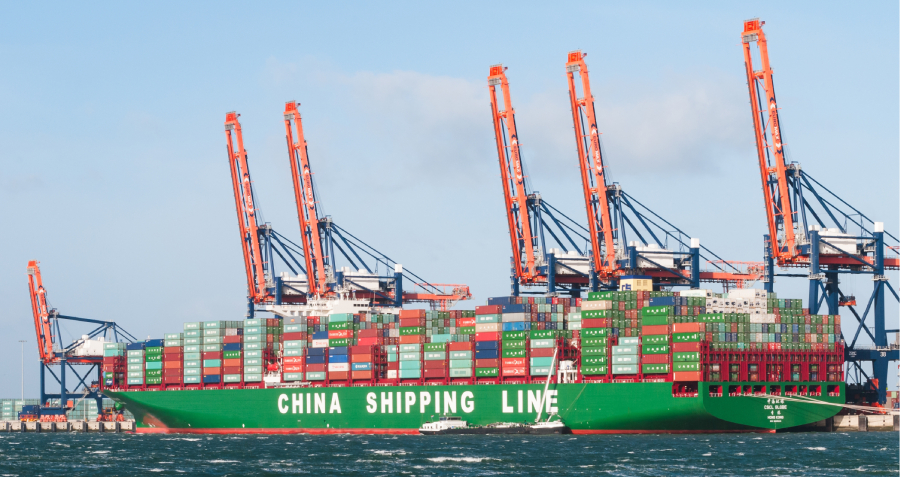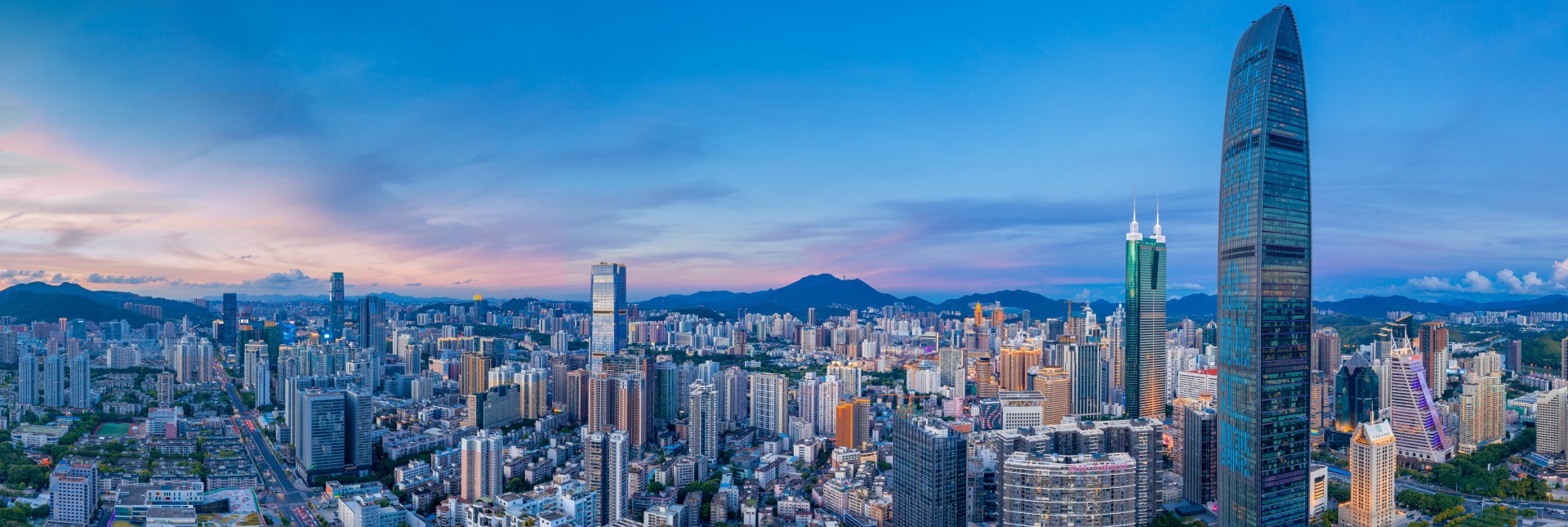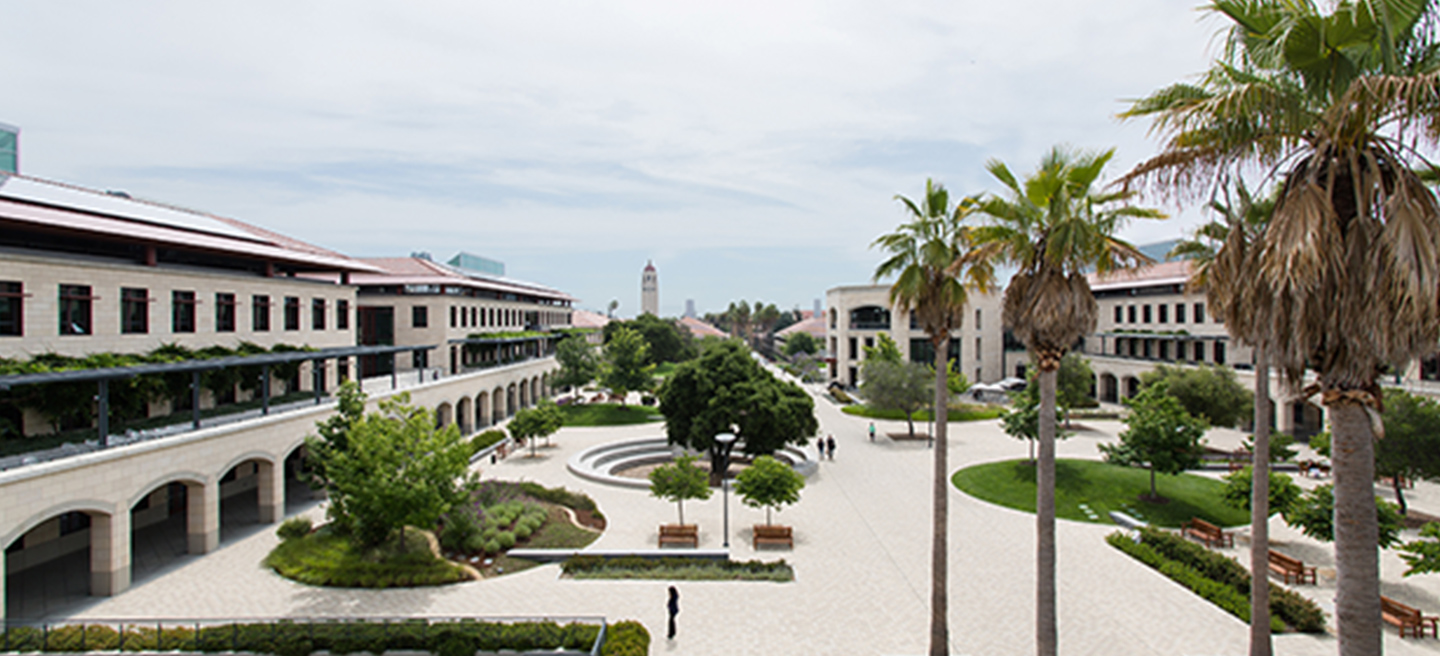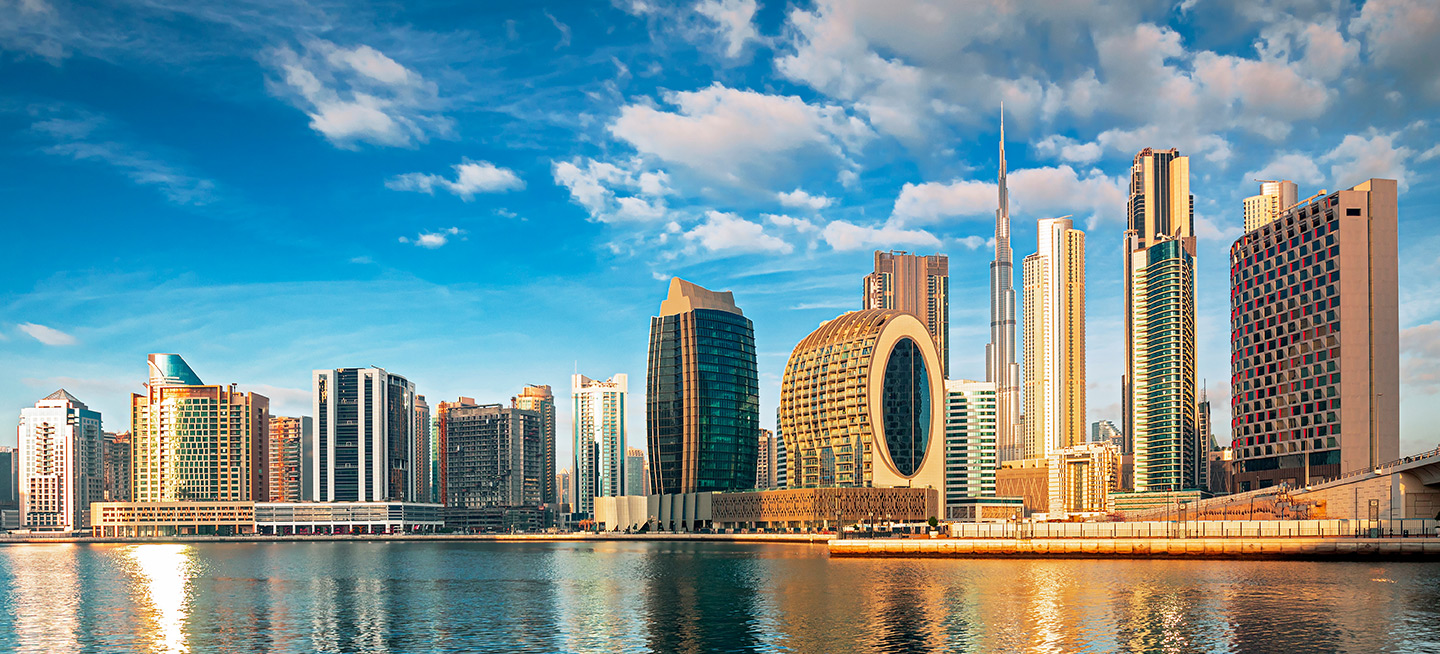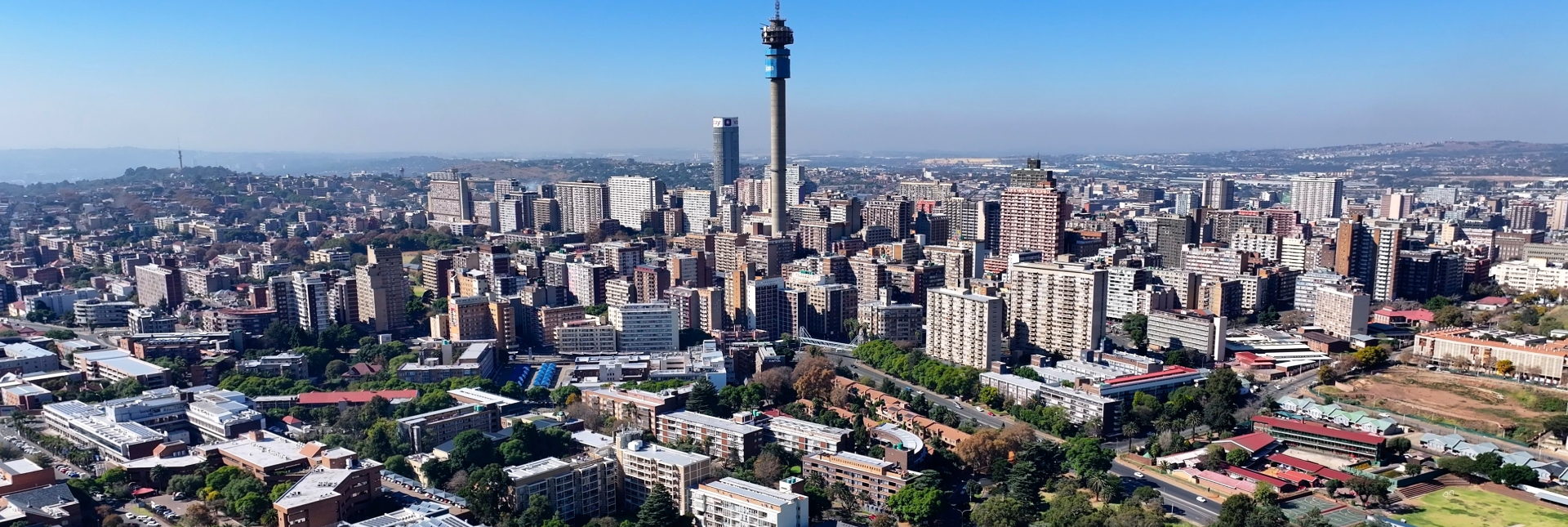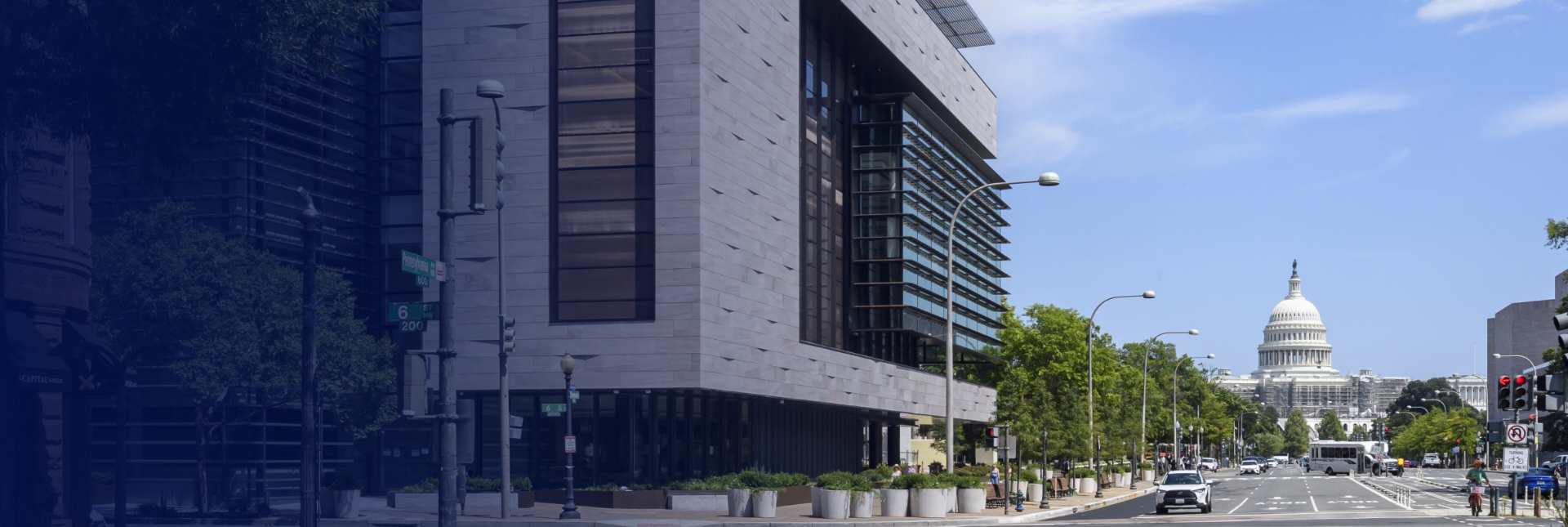CCTV’s recent report examining Starbucks prices in China has created a storm in a coffee cup. Are the concerns cited by CCTV valid?
Much has been made of a CCTV report concerning the high price of a cup of Starbucks coffee in China. CCTV-13, one of China’s state-sponsored television stations, ran a report on October 20 alleging Starbucks charges more for a coffee in China than in other countries and earns high profits as a result (the original report in Chinese is here and a summary here). The main comparison by CCTV was the price of a medium-sized (a “grande” in Starbucks parlance) latte in China (RMB 27) to its price in Chicago (RMB 19.98), London (RMB 24.25), and Mumbai (RMB 15). The implication of the report was that the price in China was too high.
CCTV’s report does not seem to have gained much traction and was even met with derision by some. However, it is still useful to ask the question: what does it mean for a firm to charge “too much” or conversely what is a reasonable profit level for a firm? We can illustrate this in the context of Starbucks but it is a more general question. To do so we need two cost concepts used by economists. The first is marginal cost (MC). MC is the extra cost of producing another unit of output–in this case a grande latte. Assuming their numbers are correct, CCTV-13 correctly calculated this as RMB 4.6 which includes the cost of coffee beans, milk, a paper cup, sugar, stirring stick, and napkin needed to serve a grande latte. We can ignore all other costs for Starbucks because they do not increase if we produce one more coffee–staff and rent need to be paid and the espresso machine is ready and waiting regardless.
Why is MC useful? It is the price that a firm with no market power will be forced to charge. An absence of market power means that there are many other firms with similar products and costs ready to sell. Under these conditions if any firm tries to charge a price above MC, it will be undercut by other firms. To see why let’s return to coffee shops. Coffee shops have other costs such as rent, labor, equipment and capital that are not part of MC. Although these increase the cost of doing business ironically they are the very reason that firms price aggressively. Since these costs are incurred regardless of how many coffees are sold, any revenue the firm gets above MC on its next coffee will help pay for some of these costs. Each firm wants to charge a high price for its coffee but with so many similar firms around, each will be willing to undercut the others until they get close to MC. They will not price below MC because then they would not cover the cost of making the coffee.
Clearly Starbucks prices well above MC–something that CCTV-13 offers to buttress its argument. However, while this means that Starbucks has market power, it does not necessarily mean that it is charging an inefficient price. To see if this is the case we need a second cost concept used by economists–average total cost (ATC). ATC is total annual costs divided by the number of coffees sold annually. ATC includes all the elements that go directly into making a coffee (the MC) as well as all other expenses such as labor, equipment, rent, capital and marketing.
Coffee shops in general, not just Starbucks, usually have market power because their competitors are not located next door. I’m willing to pay more for a coffee at the shop near me than to walk further away and pay less. This allows the coffee shop to price above MC–there is no immediate alternative. But this doesn’t mean they can charge whatever they like. If they price too high, I will walk to the shop further away and enjoy my coffee there.
So what price do we expect a shop to be able to charge? If similar shops can locate wherever they like, then we would expect a price close to ATC. Why? We wouldn’t expect shops to price below their ATC in the long run because they will lose money and shut down. But we also would not expect them to price too much above ATC. If they did, we would expect someone to set up a shop in their general vicinity and undercut them because they can do so and still make money.
Now, here’s the most important part. Suppose that there is a coffee shop that can produce the same grande latte as Starbucks but can produce it at a lower ATC than Starbucks. What will happen? If they are free to locate wherever they like, I would expect them to set up in the vicinity of Starbucks and charge a somewhat lower price. This way they can steal customers from Starbucks and still earn money. Now Starbucks is in a bind. If it lowers its price, it loses money because it goes below its ATC. If it doesn’t lower its price, then it loses customers. If we follow this logic all the way through, then if firms are free to enter and locate wherever they like, then we expect prices to be close to the ATC of the lowest-cost firms. The most efficient firms will just break even and higher-cost firms will eventually have to shut down.
Why do economists consider this efficient? This is good for society because it means resources are used efficiently: the most efficient firms will produce and customers will pay the lowest price that allows these firms to stay in business. Even better, if a coffee shop comes along in the future with a way to reduce costs, then it can undercut the existing firms and replace them. Where does this leave us with the CCTV report? They are making the wrong comparison. Rather than comparing prices across countries, it would be more useful to compare the prices at Starbucks outlets in China to those of similar coffee shops located within a walkable distance. The lowest price among these shops would provide a useful benchmark. I don’t know what the results would look like but the CCTV report doesn’t help with this.










